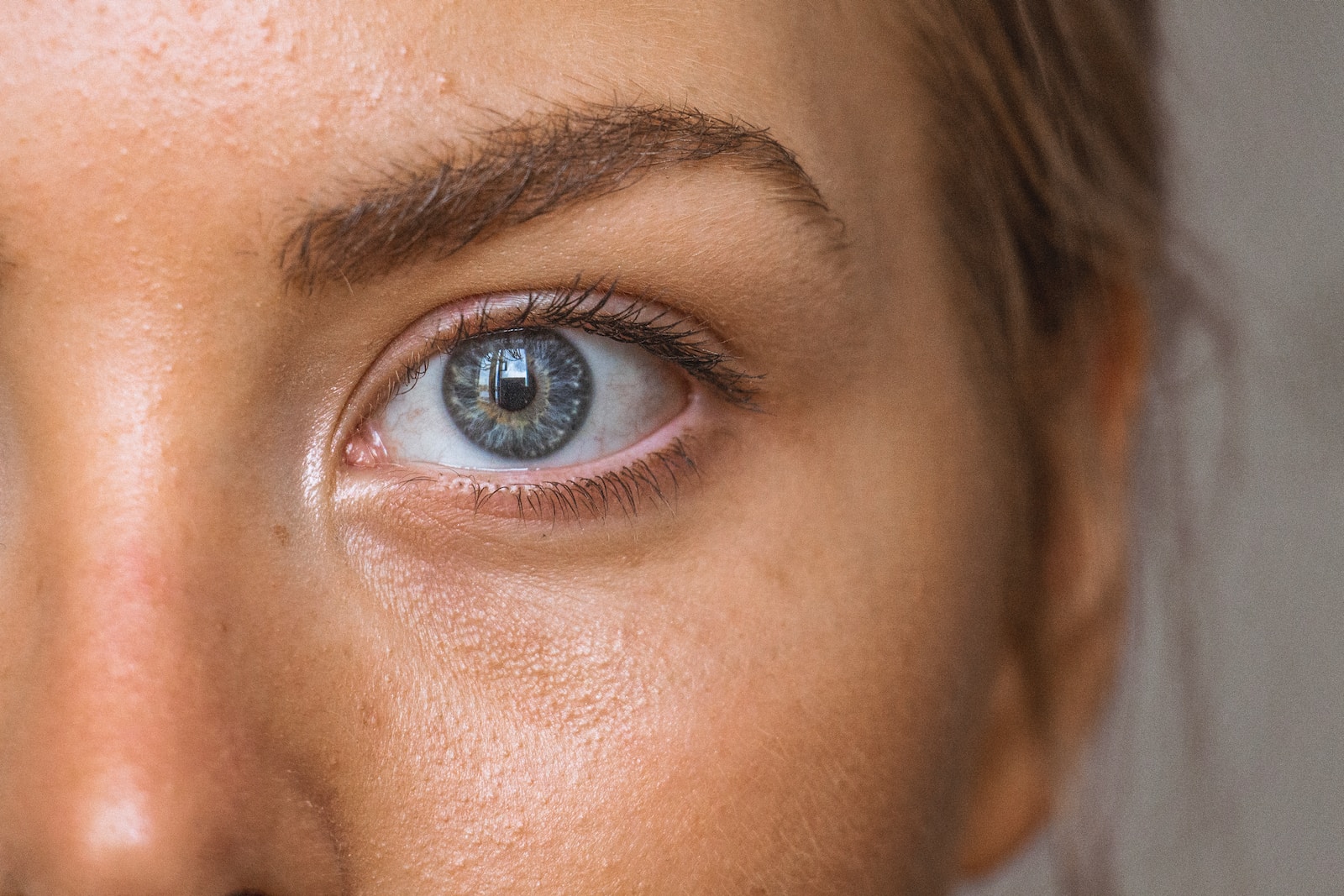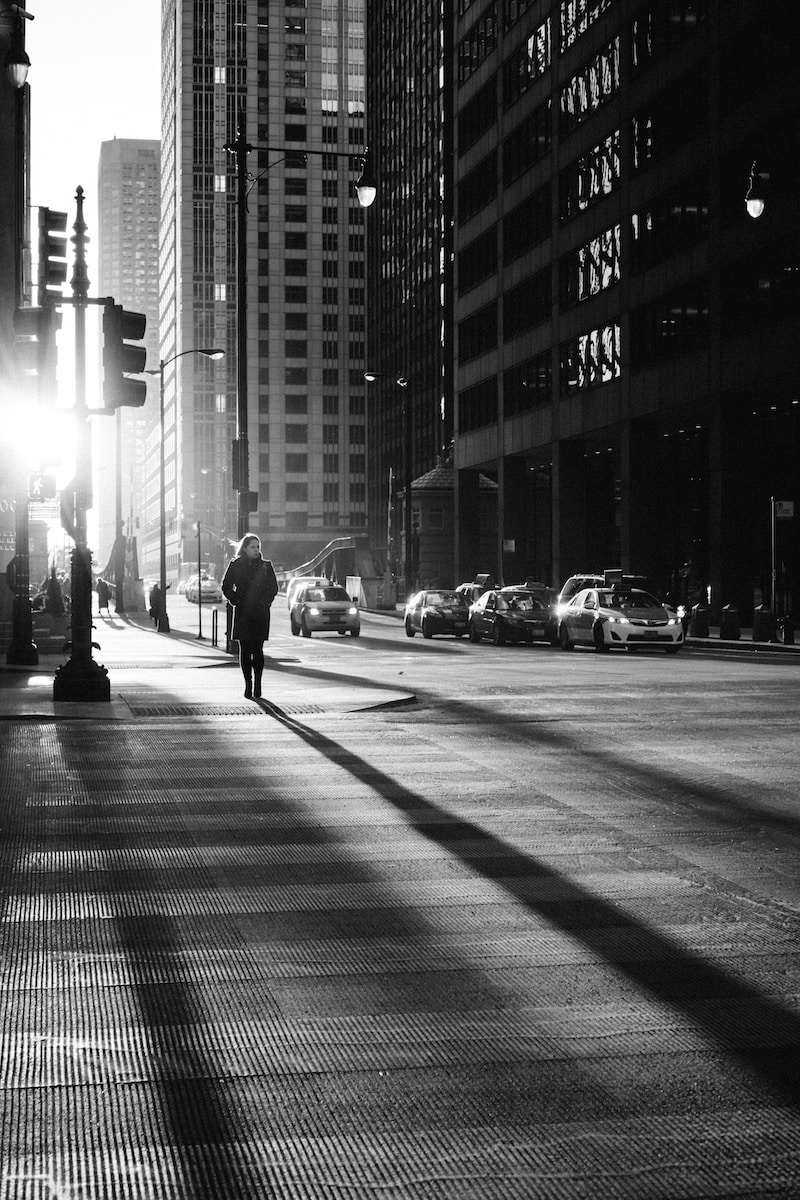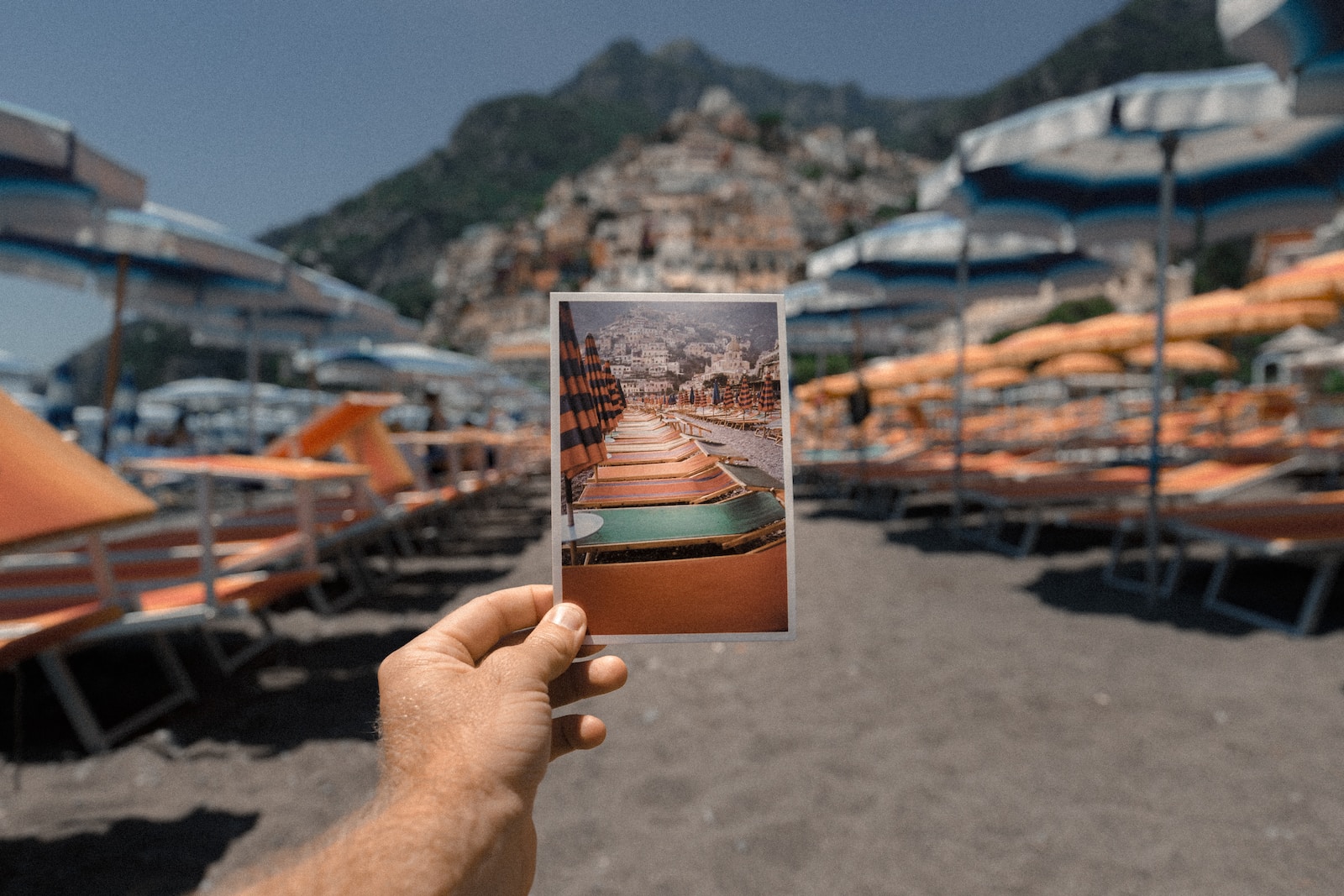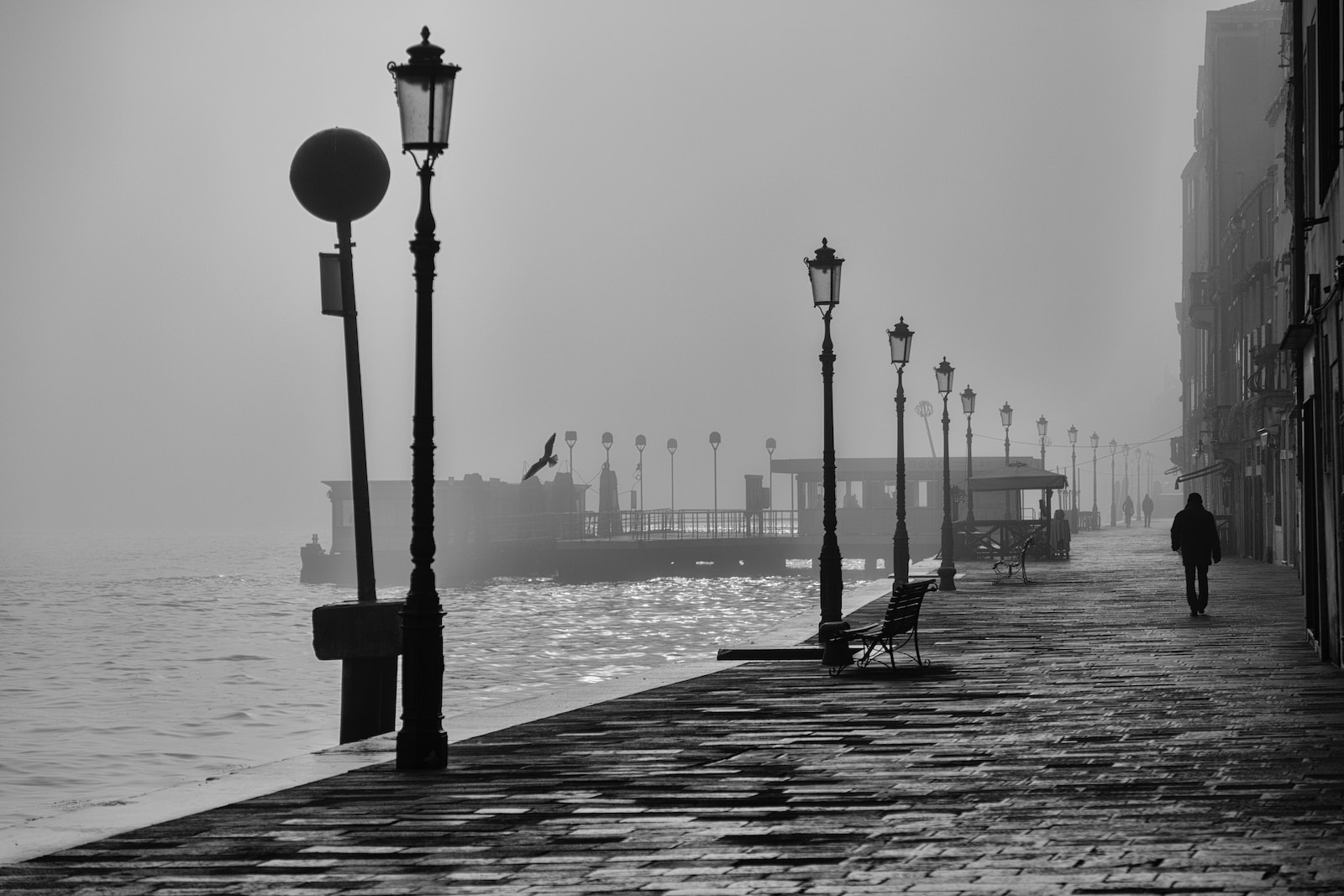Welcome to “Into the Soul – A Guide for Close-up Eye Shots”, an in-depth blog that explores the fascinating world of close-up eye photography. Whether you’re a professional photographer or an amateur looking to capture captivating images, this guide is designed to provide you with the knowledge and techniques needed to create stunning eye shots. From mastering focus and lighting to unleashing your creativity and enhancing your photos in post-production, this guide will take you on a journey into the depths of the soul through the lens of your camera.
Table of Contents
- Focusing on Focus
- Tips and Techniques for Capturing Close-up Eye Shots
- Frequently Asked Questions
- 1. How do I capture stunning close-up shots of eyes?
- 2. What equipment do I need for close-up eye photography?
- 3. Are there any specific camera settings for close-up eye photography?
- 4. What post-production techniques can enhance close-up eye shots?
- 5. Where can I find inspiration and ideas for close-up eye photography?
- Wrap Up
Focusing on Focus
When it comes to close-up eye photography, achieving sharp focus is crucial. The eyes are the windows to the soul, and capturing the details in them can evoke powerful emotions in viewers. Start by using a macro lens and setting a narrow aperture for greater depth of field. Take your time to manually focus, ensuring that the eye is the sharpest point in the image. Pay attention to the catchlights and reflections in the eye, as they add depth and life to the shot.
Mastering the Art: Close-up and Portrait Photography
Close-up and portrait photography allow you to capture the emotional intensity and depth that emanates from the eyes. Experiment with different angles to find the most flattering perspective. Shoot from slightly above eye level to create an intimate connection with your subject or get even closer, focusing solely on the eye for a captivating frame.
Lighting is crucial in close-up and portrait photography of eyes. Utilize soft lighting techniques, such as diffused natural light or a softbox, to illuminate your subject’s eye without causing harsh shadows. Play with shadow and chiaroscuro effects to add depth and dimension to your photographs.
Don’t be afraid to experiment with different focal points and depths of field. Consider using a shallow depth of field to focus solely on the eye, blurring the surrounding features. This technique draws the viewer’s gaze directly to the eye, creating an intense and evocative image.
Add creativity to your close-up eye shots by exploring reflections. Capture the reflection of a person, object, or landscape in the eye to tell a story within a story. This adds a unique and intriguing element to your photographs, drawing the viewer deeper into the image and allowing them to explore the subject’s world.
Post-production work is essential to enhance the beauty of your close-up eye shots. Fine-tune the exposure, contrast, and colors to achieve a desired mood and aesthetic. Pay attention to the whites of the eyes, ensuring they are bright and clear without appearing overexposed.
- Experiment with different angles, focal points, and depths of field.
- Utilize soft lighting techniques to enhance the eyes’ beauty.
- Play with reflections to add a unique and captivating touch.
- Invest time in post-production to fine-tune and enhance your images.
By following these tips and techniques, you can capture the enchanting beauty of eyes and create close-up shots that leave a lasting impression. Let your camera become a window into the soul, revealing the depth, emotion, and stories hidden within the eyes.
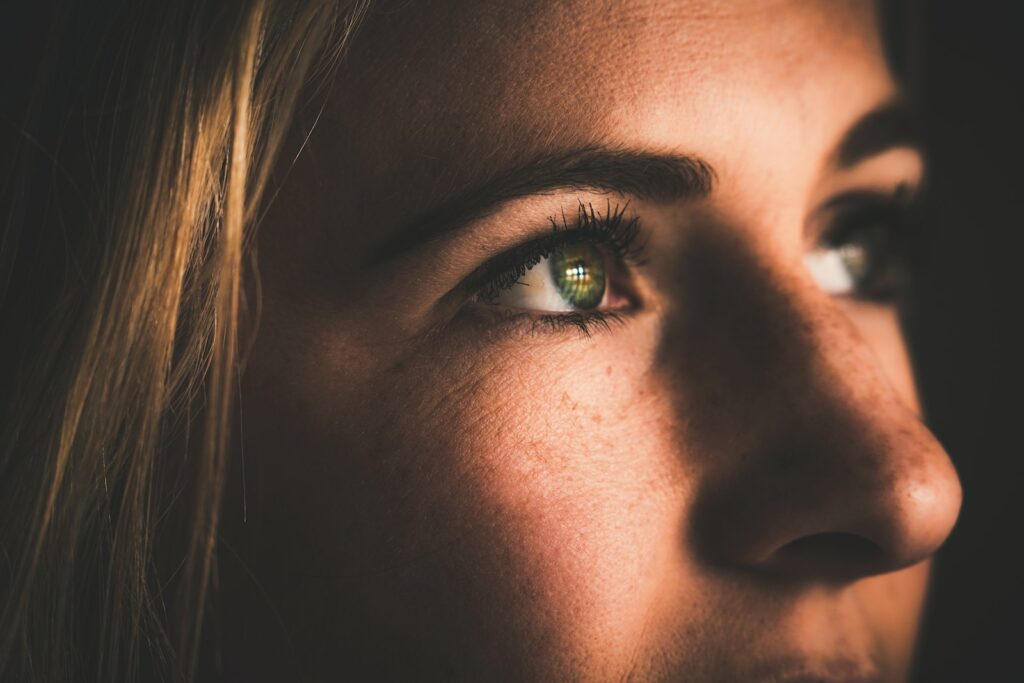
Mastering Lighting Techniques
Lighting plays a vital role in close-up eye photography, as it sets the mood and emphasizes the unique features of each eye. Experiment with different lighting setups to create dramatic effects. Soft, diffused light works well for portraits, highlighting the natural beauty of the eyes. For a more artistic approach, try using sidelighting or backlighting to create striking shadows and silhouettes. Don’t be afraid to get creative and use props like prisms or colored gels to add a touch of uniqueness to your shots.
Unleashing Your Creativity
Close-up eye photography offers endless opportunities for creativity. Explore different angles and perspectives to capture the eyes in a unique way. Experiment with composition, using the rule of thirds or leading lines to draw the viewer’s attention to the eye. Play with reflections, using mirrors or water droplets to add an interesting element to your images. The eyes are a canvas for emotions, so encourage your subjects to convey a range of feelings through their gaze.
Fun Fact: Did you know that the average blink lasts about 100-150 milliseconds? Capturing the perfect moment requires patience and impeccable timing.
Tips and Techniques for Capturing Close-up Eye Shots
Close-up eye photography, also known as macro or portrait photography, allows you to capture the intricate details and emotions that can be found within the human eye. It is a mesmerizing genre that requires a combination of technical skill and artistic vision. In this how-to guide, we will delve into various aspects of capturing close-up eye shots, including focus, lighting, creativity, and post-production techniques.
1. Mastering Focus
One of the crucial elements in close-up eye photography is achieving a sharp focus on the subject. To do this, consider the following tips:
- Use a macro lens or a lens with a close-focusing capability to get closer to your subject.
- Use a narrow aperture (high f-number) to increase depth of field and ensure both the iris and eyelashes are in focus.
- Experiment with different autofocus modes to ensure accurate focus on the eye.
2. Utilizing Lighting Techniques
Lighting plays a crucial role in enhancing the mood and details of an eye photograph. Here are some lighting techniques to consider:
- Natural Light: Take advantage of soft, diffused natural light by positioning your subject near a window or shooting during the golden hour.
- Studio Lighting: Use a softbox or diffuser to create a soft and even light on your subject. Experiment with different angles and intensities to create different moods.
- Creative Lighting: Incorporate unique lighting effects, such as reflections or bokeh balls, to add a touch of creativity and depth to your eye shots.
3. Unleashing Your Creativity
Close-up eye photography offers endless opportunities for creative expression. Here are some ideas to spark your creativity:
- Experiment with different angles and perspectives to capture unique eye compositions.
- Explore using props or accessories to add interest and tell a story through your eye shots.
- Play with color by experimenting with different eye makeup or using colored gels on your light source.
4. Post-Production Magic
Post-production is the final step in creating stunning close-up eye shots. Consider these tips:
- Use editing tools like Adobe Lightroom or Photoshop to enhance the colors, contrast, and details in your eye photographs.
- Experiment with different black and white conversions to create a timeless and dramatic look.
- Remove any distractions or imperfections using the healing brush or clone tool. Be mindful not to over-edit and maintain the natural look of the eye.
By mastering focus, utilizing lighting techniques, unleashing your creativity, and applying post-production magic, you can capture captivating close-up eye shots that truly delve into the soul of your subject. Remember to practice, experiment, and most importantly, have fun throughout your photographic journey!
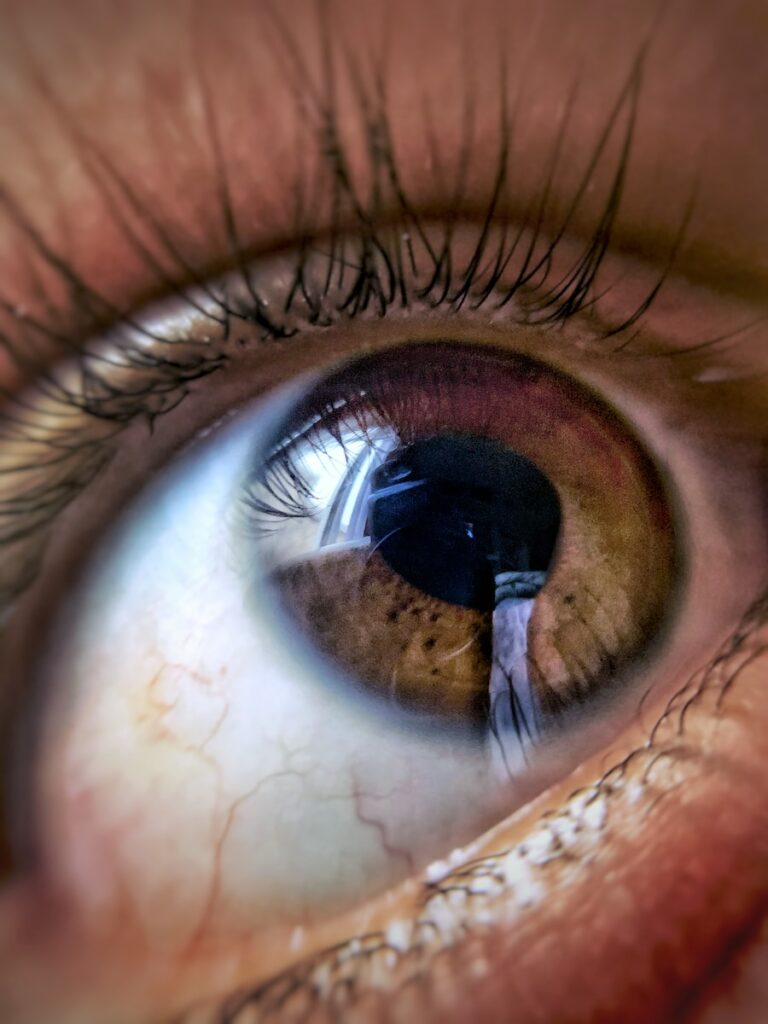
Frequently Asked Questions
1. How do I capture stunning close-up shots of eyes?
To capture stunning close-up shots of eyes, you need to focus on several key aspects:
- Focus: Use a macro lens or a lens with a close-up filter to achieve sharp focus on the eye.
- Lighting: Experiment with different lighting techniques, such as using a ring light or natural light, to enhance the details and create desired effects.
- Creativity: Explore various angles, reflections, and compositions to add uniqueness to your eye photographs.
- Post-production: After capturing the shot, use editing software to enhance colors, adjust brightness and contrast, and remove any imperfections if necessary.
2. What equipment do I need for close-up eye photography?
To capture close-up shots of eyes, you’ll require the following equipment:
- A DSLR camera or a mirrorless camera with manual controls to have full control over your settings
- A macro lens or a lens with a close-up filter to achieve sharp focus on the eye
- A tripod to maintain stability and avoid camera shake
- Additional lighting equipment (e.g., a ring light or a reflector) to control the lighting conditions
3. Are there any specific camera settings for close-up eye photography?
Yes, to capture stunning close-up shots of eyes, consider the following camera settings:
- Aperture: Use a wide aperture (small f-stop number) to create a shallow depth of field and draw attention to the eye.
- Shutter speed: Choose a fast shutter speed to avoid motion blur, especially if the subject or camera is not perfectly still.
- ISO: Keep the ISO as low as possible to minimize digital noise in your photographs.
- Focus: Use manual focus or focus on the eye closest to the camera to ensure sharpness in your shot.
4. What post-production techniques can enhance close-up eye shots?
Post-production can elevate your close-up eye shots. Here are some techniques:
- Adjustment of brightness and contrast to enhance the details in the eye
- Color correction to make the eye’s natural colors pop
- Sharpening the image to bring out fine details
- Removing blemishes or distractions using spot healing tools
5. Where can I find inspiration and ideas for close-up eye photography?
To find inspiration and ideas for close-up eye photography, consider the following:
- Explore online communities and photography platforms dedicated to eye photography
- Follow experienced photographers on social media platforms to see their eye photography works
- Experiment with different concepts, such as capturing emotions, reflections, or abstract close-ups
- Try shooting eyes of various demographics, including different ages, ethnicities, and eye colors
Wrap Up
Close-up eye photography is a mesmerizing genre that allows us to capture the windows to the soul. With the right focus, lighting, creativity, and post-production techniques, you can create stunning eye shots that convey emotions and tell captivating stories.
Remember, practice makes perfect when it comes to this specialized form of photography. Experiment with different angles, lighting setups, and editing styles to develop your unique eye-catching aesthetic.
I hope this guide has provided you with valuable insights and inspiration to take your close-up eye shots to the next level. Now it’s your turn to grab your camera, find a willing model, and let your creativity flow. Don’t forget to share your stunning eye photographs with us and leave a comment below to let us know how this guide has helped you!
